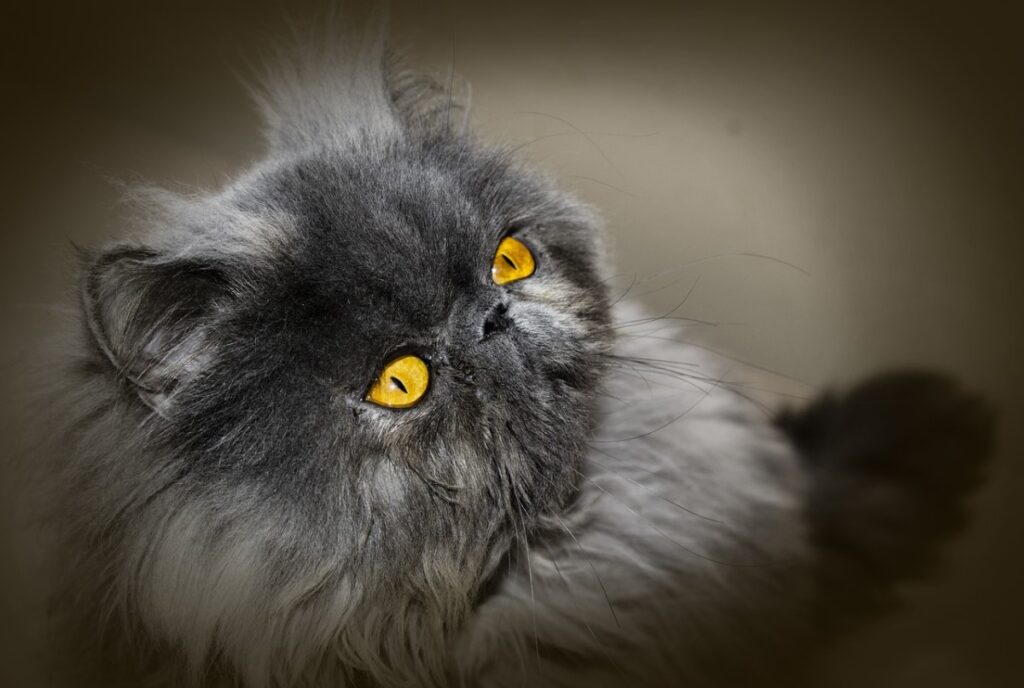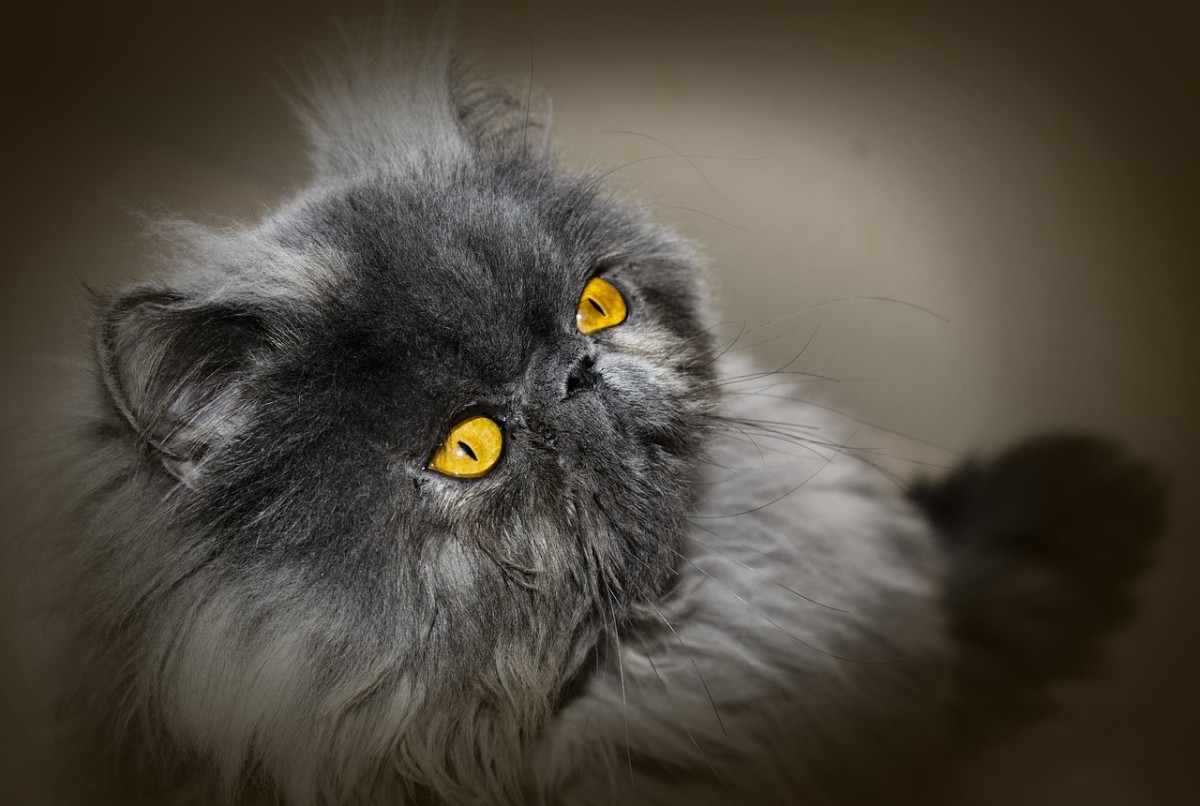Do you ever wonder about the history and origins of the Persian cat? These majestic and fluffy felines have a rich history that dates back centuries. In fact, they are one of the oldest known cat breeds in the world. In my upcoming blog post, I’ll dive into the fascinating history of Persian cats and how they came to be the beloved pets they are today.
From ancient Persia (modern-day Iran) to the royal courts of Europe, Persian cats have a storied past. I’ll explore the development of their distinct features, such as their long, luxurious coats and unique facial structure. You’ll discover how these cats were prized and admired by nobility and how they became popular pets around the world. If you’re a fan of these gorgeous felines or simply curious about their origins, this post will offer you a delightful journey through time. Stay tuned for more intriguing details and don’t forget to check out the 10 most frequently asked questions about Persian cats at the end of the article!

History and Origins of the Persian Cat
The Persian cat is a breed adored for its luxurious long fur, distinctive facial features, and gentle temperament. In this article, we will delve into the fascinating history and origins of these majestic feline companions.
Ancient Beginnings
The origins of the Persian cat can be traced back thousands of years ago to ancient Persia, now modern-day Iran. It is believed that these exquisite cats were first discovered in the mountainous regions of Persia.
The Persian Cat in Persia
Persian cats were highly treasured in Persia and were considered a symbol of wealth and sophistication among the elite. The ruling classes adored these beautiful felines and kept them as cherished companions.
Introduction to Europe
During the 17th century, the Persian cat gained recognition outside of Persia when an Italian traveler named Pietro Della Valle encountered them during his travels. He was so captivated by their beauty that he brought some Persian cats back to Italy.
The Persian Cat in Europe
Once introduced to Europe, the Persian cat quickly captured the hearts of cat enthusiasts. Their unique appearance and calm demeanor made them highly sought after as pets. Many European nobles and aristocrats began acquiring Persian cats to showcase their affluence and refinement.
Royal Favor and Popularity
Throughout history, Persian cats received royal favor and were favored by European nobility. Queen Victoria of England also played a significant role in popularizing the breed. She fell in love with a Persian cat named Blue Peter and greatly contributed to their popularity.
Development of the Modern Persian Cat
Over time, the breed underwent significant developments to achieve the modern Persian cat we know today. Breeders selectively bred cats with longer coats, rounder heads, and shorter noses, emphasizing the breed’s distinct features.
Breeding Programs and Varieties
The development of the Persian cat’s distinct characteristics led to the emergence of various sub-breeds and varieties. Some examples include the Himalayan Persian, which has colorpoint markings, and the Chinchilla Persian, known for their sparkling silver coats.
Characteristics and Appearance
Persian cats are renowned for their stunning appearance. They have long, flowing fur that requires regular grooming to avoid matting. Their faces have a distinct round shape with a short, upturned nose and large, expressive eyes, giving them their signature look.
Personality and Temperament
Persian cats are known for their calm and gentle demeanor. They are laid-back, enjoying a relaxed indoor lifestyle. These cats are affectionate and enjoy being pampered, making them wonderful companions.
Health and Care
While Persian cats are generally healthy, there are some health issues to be mindful of. Their flat faces can lead to respiratory problems, and their long fur requires regular grooming to prevent matting and skin issues. Regular veterinary check-ups are essential to ensure their overall health and well-being.
Grooming and Maintenance
Due to their long, flowing coats, Persian cats require regular grooming. Daily brushing is necessary to prevent tangles and matting. Bathing should be done periodically to keep their fur clean and free from oils. Regular nail trims, teeth cleaning, and ear checks are also essential parts of their grooming routine.
Persian Cats as Show Animals
The beauty and elegance of Persian cats make them a popular choice for cat shows. Their regal appearance and distinctive features often garner attention and accolades from judges and enthusiasts. Competing in cat shows can be an exciting and rewarding experience for both the cat and its owner.
Popular Culture References
Persian cats have made appearances in various forms of popular culture. They have been featured in films, TV shows, and literature, further solidifying their status as an iconic breed. One notable example is “Puss in Boots” from the “Shrek” franchise, a charming and witty Persian cat.
The Persian Cat in the Modern World
In the modern world, Persian cats continue to enchant cat lovers worldwide. Their popularity has only grown over the years, and they remain one of the most beloved and recognized cat breeds. Whether as show cats, cherished companions, or internet sensations, Persian cats hold a special place in the hearts of many.
10 Common Questions about Persian Cats
- Are Persian cats good pets for families with children?
- Yes, Persian cats are known for their gentle nature and can be great companions for families with children. However, supervision is always recommended to ensure both the cat and child interact safely.
- Do Persian cats require a lot of grooming?
- Yes, Persian cats have long fur that needs regular grooming to prevent matting. Daily brushing and periodic bathing are essential to keep their coats in good condition.
- Are Persian cats prone to health problems?
- Persian cats have a predisposition to certain health issues, particularly related to their facial structure. Respiratory problems and eye infections can occur, so regular veterinary check-ups are important.
- Are Persian cats indoor or outdoor pets?
- Persian cats are best suited for an indoor lifestyle. Their long fur can easily get tangled or dirty outdoors, and they may be more susceptible to accidents, parasites, or theft.
- How do Persian cats interact with other pets?
- Persian cats can get along well with other pets, but it’s important to introduce them slowly and gradually. Proper introductions and supervision can help ensure a harmonious relationship.
- Can Persian cats be trained?
- Yes, Persian cats are intelligent and can be trained using positive reinforcement techniques. With patience and consistency, they can learn tricks, use a litter box, and follow basic commands.
- Do Persian cats require a specific diet?
- Persian cats benefit from a balanced and nutritious diet. It’s important to provide them with high-quality cat food that supports their overall health and meets their specific dietary needs.
- How old do Persian cats typically live?
- Persian cats have an average lifespan of 12 to 16 years, but with proper care, they can live even longer. Regular veterinary care, a healthy diet, and a safe environment contribute to their longevity.
- Are Persian cats hypoallergenic?
- While no cat breed is completely hypoallergenic, some people with allergies may have fewer reactions to Persian cats. Their long fur may trap dander, but regular grooming and keeping the environment clean can help minimize allergens.
- Are Persian cats high-maintenance pets?
- Yes, Persian cats require regular grooming, which can be time-consuming. Their long fur requires daily brushing and periodic bathing. Additionally, their health and hygiene need to be closely monitored for their well-being.
